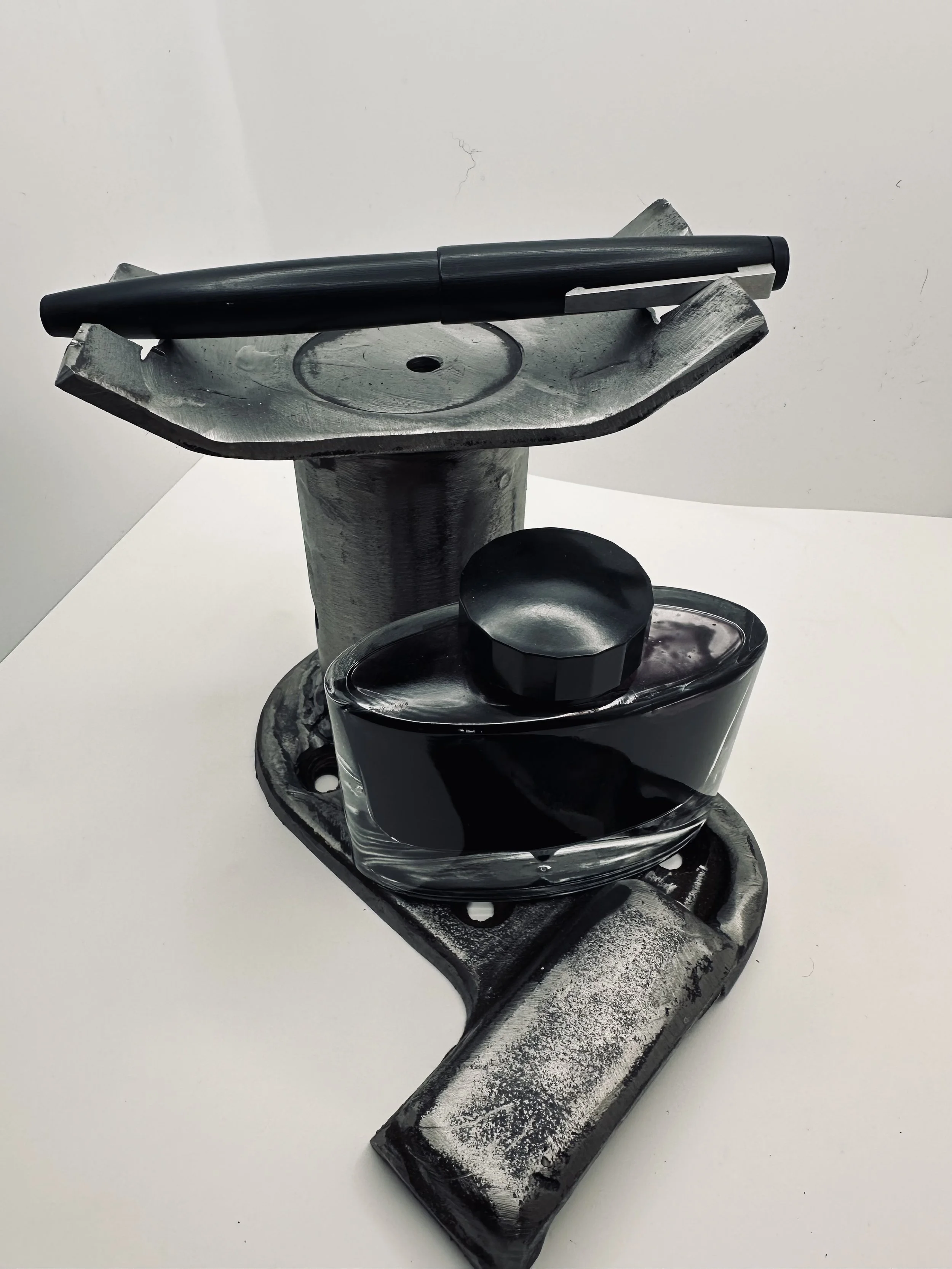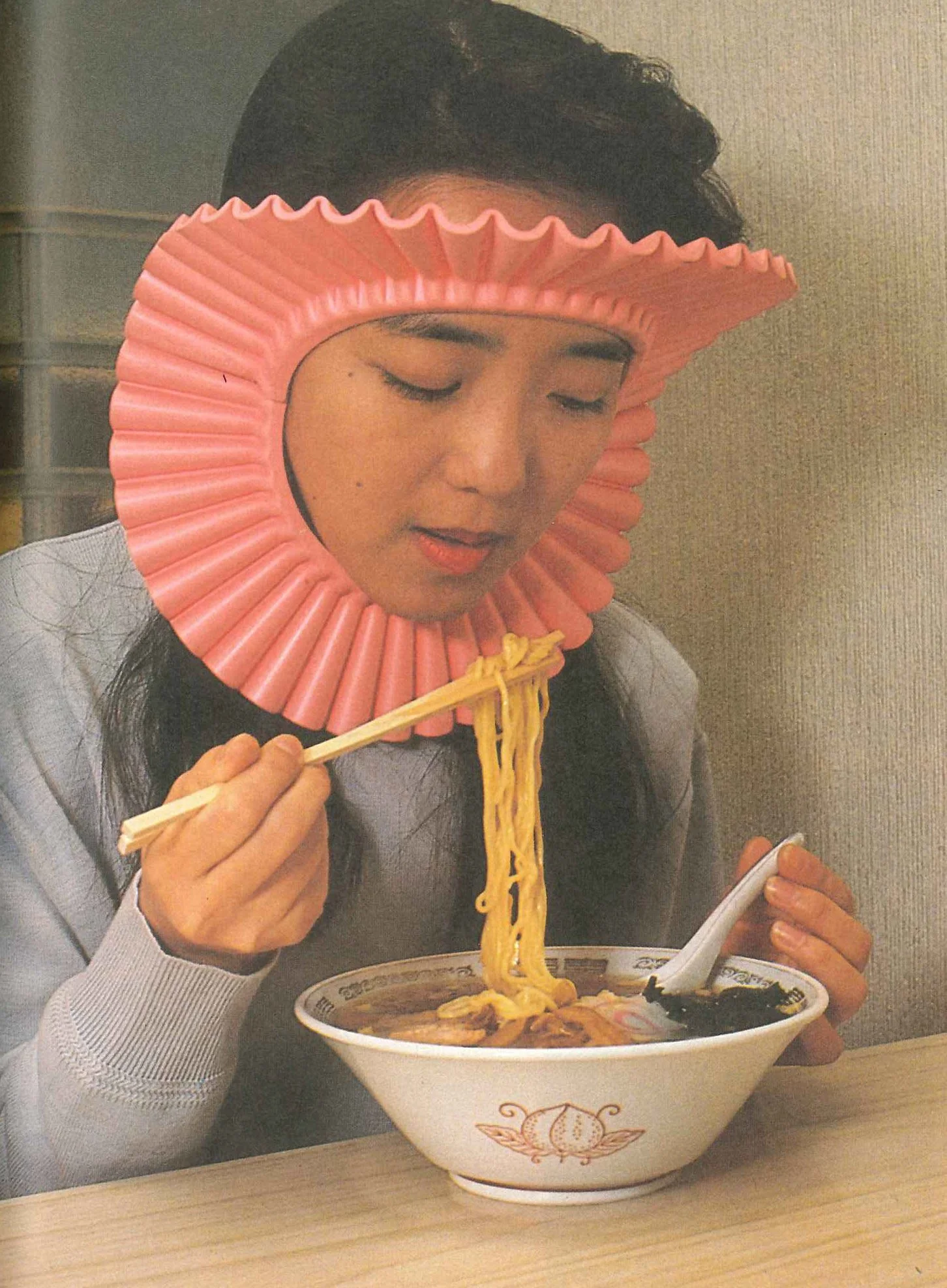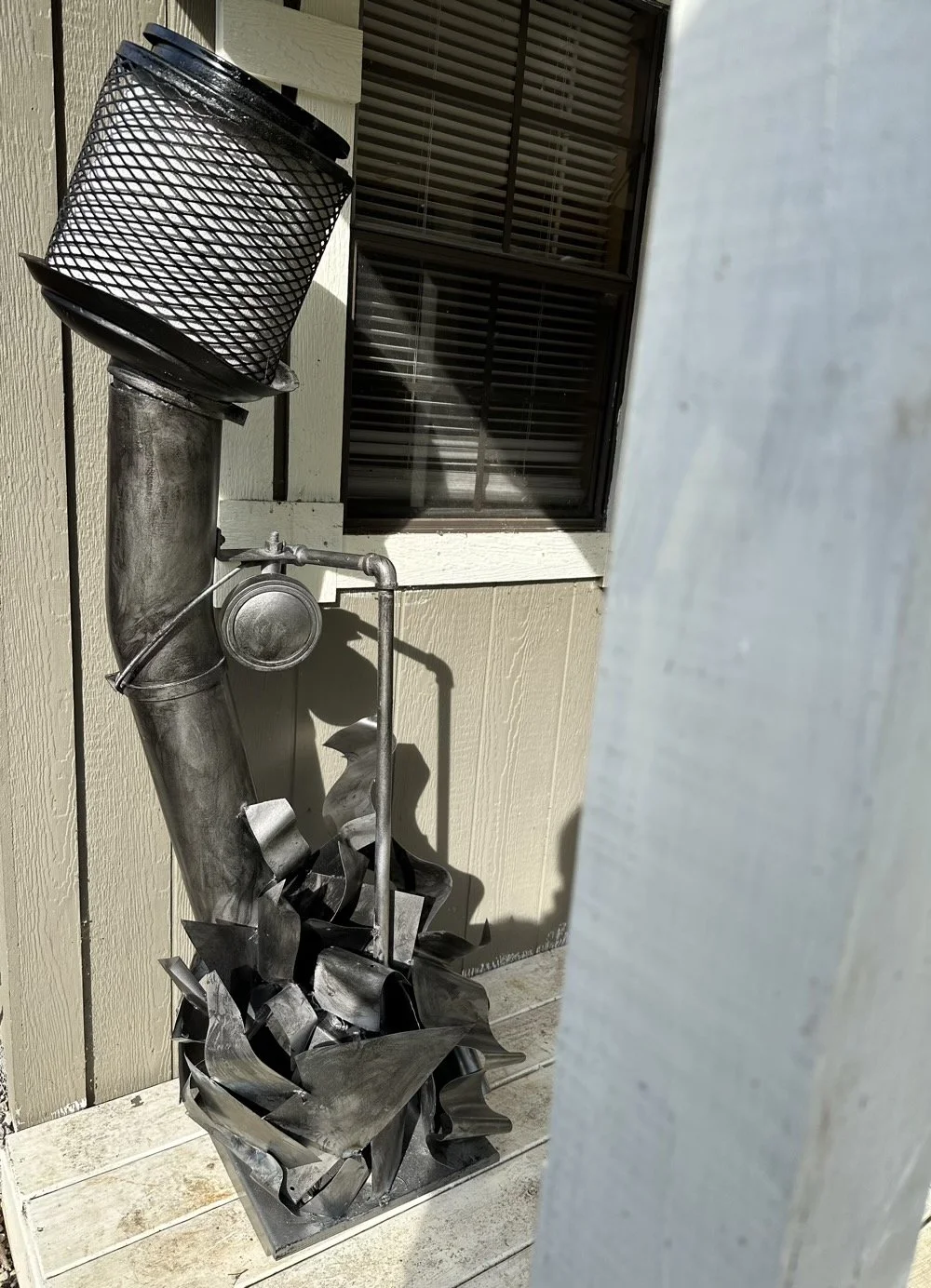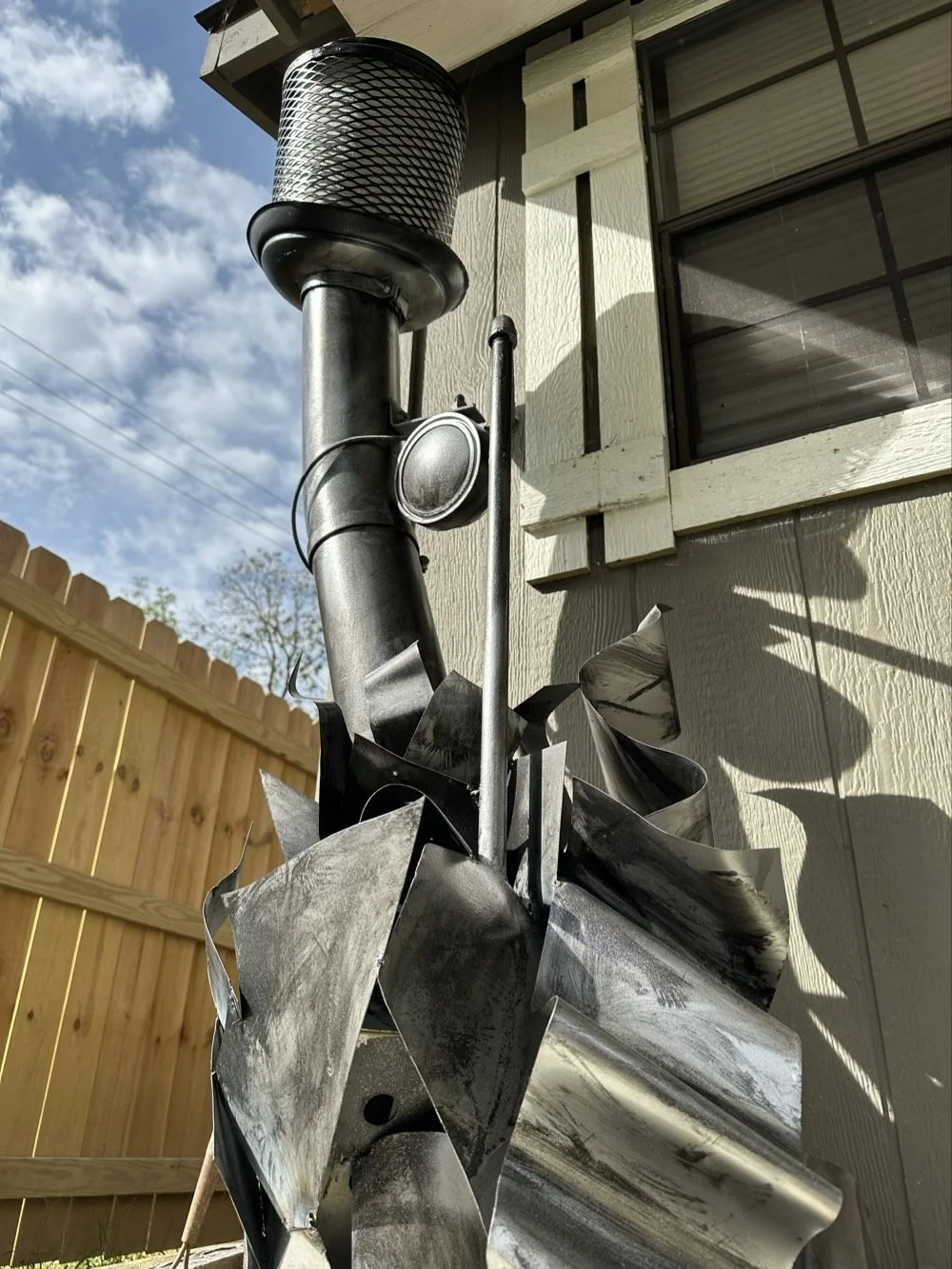“un-useless”
“Chindogu are inventions that defy concise explanation. They aren't useful. But they aren't completely useless either. Their creator, Kenji Kawakami, describes them as "un-useless." - Chindogu: The Unuseless inventions of Kenji Kawakami
Stunning custom guitars: Cindy Guitars // Insta
Japanese Metabolism
via Wallpaper
Metabolism’s genesis as an architectural tool for social change was defined by the times. It was in the 1950s that the seeds of the movement were first planted amid the ashes of Japan’s widespread post-war urban annihilation and subsequent renaissance.
As Japan’s recovery journey gathered pace, a string of young architects in Tokyo – including Kisho Kurokawa, Fumihiko Maki, Kiyonori Kikutake – were deeply drawn to explorations of flexible, modular and organic urban design, with inspiration rooted in biology, technology and futurism.
Soon after, Japan was on the brink of enormous economic growth. A few years later, in 1964, Japan hosted the Tokyo Olympics and launched its first shinkansen bullet trains – a seminal moment that confirmed to the world its reinvention from war-hit nation to global leader. Added to the mix was a rapidly growing population – all combining to create the perfect conditions for questioning how to reorganise a fast-evolving urban society for the future.
At the same time, ideas of renewal and impermanence have also long been timelessly ingrained across traditional Japanese culture – from its Zen Buddhist philosophies and aesthetics to its ritual of rebuilding Ise-Jingu, one of Japan’s most important shrines, every 20 years.
metal_0046 :: caligari's lighthouse
Inspired by two of my favorite psychological horror films, 99 years apart – Robert Wiene's THE CABINET OF DR CALIGARI and Robert Eggers's THE LIGHTHOUSE – and built from a never-to-run-again combine exhaust pipe (that I got to cut off in the middle of a field), lots of sheet metal, and the door to an abandoned gun safe, CALIGARI'S LIGHTHOUSE is not only the largest-scale piece I've made but a functional floor lamp (if you have a room big enough for it). A fun exploration of nightmarish German expressionism – something I'll definitely keep playing with.
metal_0043
My wife gave me a pair of old garden shears and said she wanted me to make something with them so I stared at them off and on for a few weeks until this hit me yesterday. Added the base (I’m thinking it was the top of a bit of farm machinery exhaust), designed and printed the lampshades (used magnetic USB-C bulbs for the lights – a wonderful thing for making lamps with reclaimed metal), and took a wild creative swing with the red paint. Worked out well, I think.






